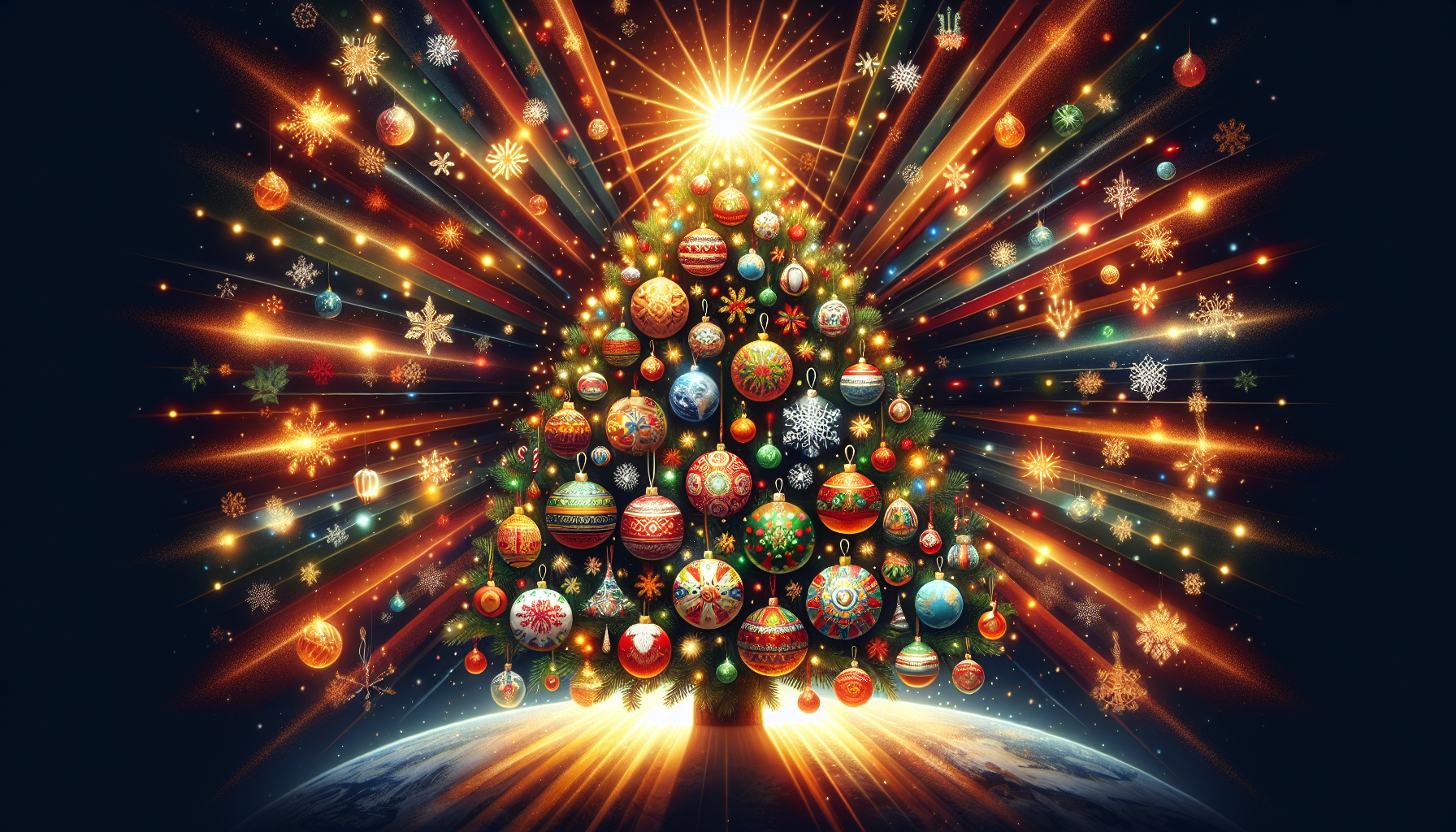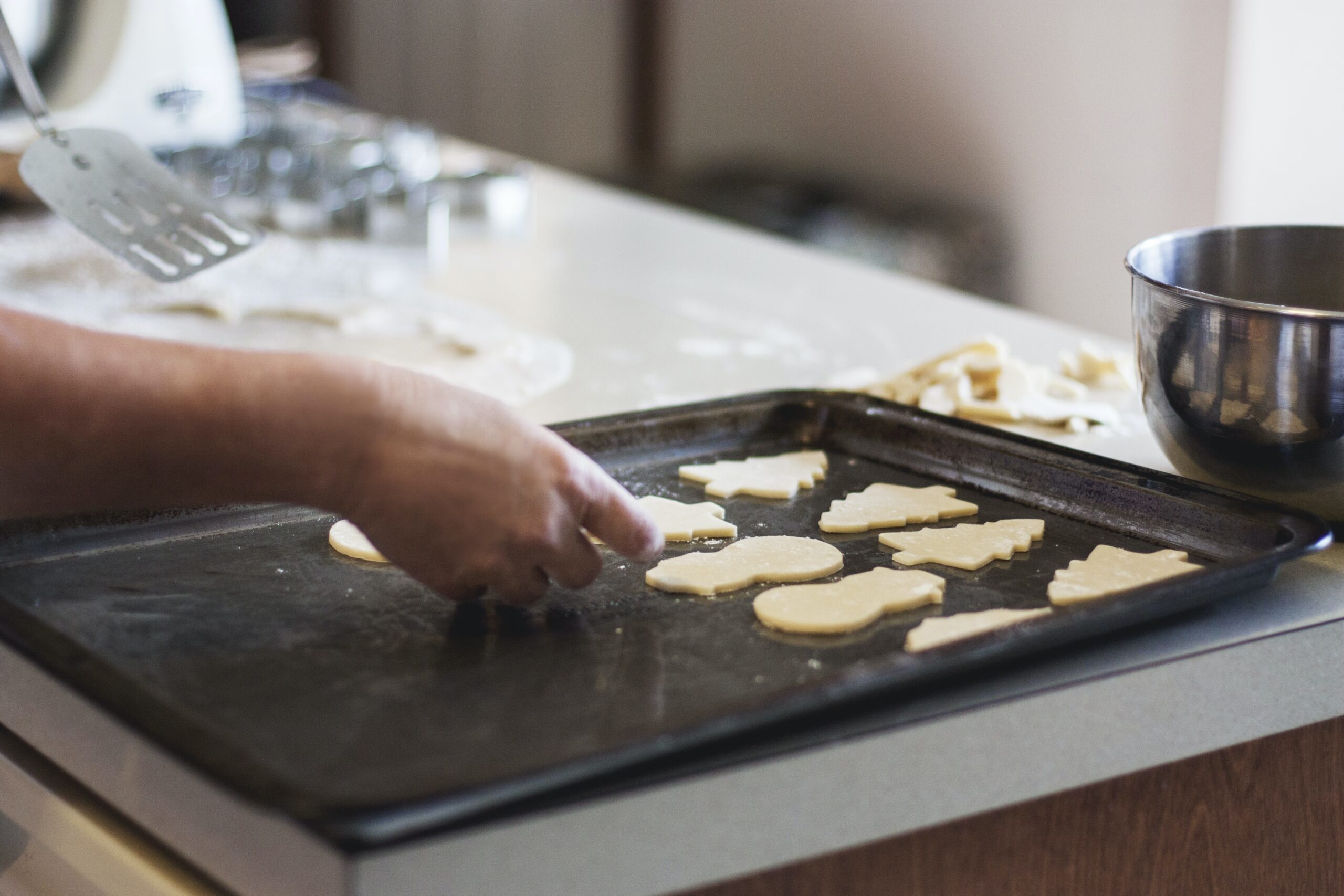Christmas Eve is a magical night filled with anticipation and excitement, not just for children eagerly awaiting the arrival of Santa Claus, but for people of all ages around the world. This article takes you on a captivating journey as we explore the diverse and enchanting Christmas Eve traditions practiced in different countries. From the lighting of candles in Sweden to the setting up of Nativity scenes in Spain, each tradition embodies the unique culture and customs of its respective country, making Christmas Eve a truly special and memorable celebration worldwide.
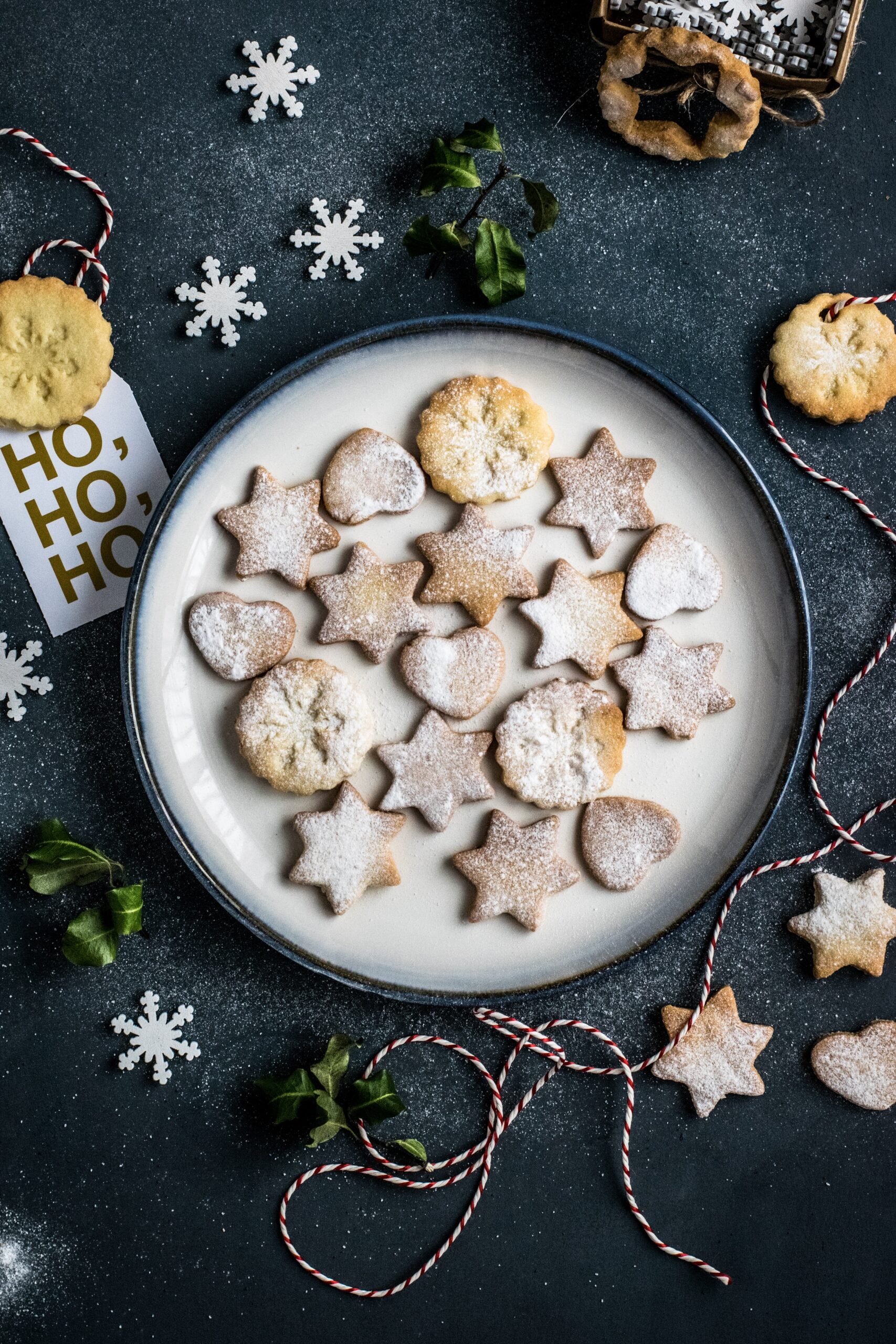
Christmas Eve in the United States
Santa Claus tracking
On Christmas Eve in the United States, there is great excitement as children eagerly await the arrival of Santa Claus. One of the beloved traditions is Santa Claus tracking, where children can follow Santa’s journey across the country through various online trackers. It adds a sense of anticipation and wonder as they see Santa’s progress throughout the night. This tradition has become even more interactive in recent years, with some websites offering games, videos, and even personalized messages from Santa himself. It’s a delightful way for children to stay engaged and entertained while they eagerly await his arrival.
Church services
For many Americans, attending church services on Christmas Eve is an essential part of the holiday celebrations. Churches across the country hold special Christmas Eve services that are filled with joy, singing, and a message of hope. The services often include candle lighting ceremonies, where participants pass the flame from one person to another, symbolizing the spread of the light of Christ. The atmosphere is usually warm and welcoming, creating a sense of community and togetherness as people come together to celebrate the true meaning of Christmas.
Midnight mass
One of the most cherished traditions on Christmas Eve in the United States is attending midnight mass. This Catholic tradition holds great significance as it commemorates the birth of Jesus Christ. The midnight mass is a solemn and beautiful service that takes place in many churches, with the highlight being the celebration of the Eucharist. The serene ambiance, candlelight, and melodious hymns create a deeply spiritual experience for those in attendance. It is a time for reflection, prayer, and expressing gratitude for the gift of Jesus’ birth.
Gift exchange
Another significant part of Christmas Eve in the United States is the exchange of gifts. Families and friends come together to share presents, creating a sense of joy and excitement. The tradition often involves placing the beautifully wrapped gifts under the Christmas tree and opening them on the eve of Christmas. Watching loved ones unwrap their presents and seeing the joy on their faces brings immense happiness. The act of giving and receiving gifts is a gesture of love, appreciation, and thoughtfulness, reinforcing the spirit of generosity and goodwill that embodies the Christmas season.
Christmas Eve in Italy
Feast of Seven Fishes
In Italy, Christmas Eve is a time for feasting and celebrating with loved ones. One of the most prominent traditions is the Feast of Seven Fishes, known as “La Vigilia” in Italian. This elaborate seafood banquet consists of seven different types of fish dishes, symbolizing the seven sacraments of the Catholic Church. The feast often includes dishes like fried calamari, baccalà (salted cod), linguine with clam sauce, and various other fish delicacies. It is a time for family members to come together around the table, enjoying delicious food and each other’s company.
La Befana the Christmas Witch
In Italian folklore, La Befana is a beloved character associated with Christmas Eve. According to the legend, she is an old witch who flies on a broomstick, bringing gifts to children on the eve of the Epiphany, which is celebrated on January 6th. Children hang stockings by the fireplace, hoping that La Befana will fill them with sweets and small presents. This tradition adds a touch of magic and mystery to Christmas Eve, as children eagerly await her arrival, listening for the sound of her broom tapping against the rooftops.
Midnight Mass at Vatican
For Catholics in Italy, attending Midnight Mass at the Vatican is a truly special experience on Christmas Eve. The iconic St. Peter’s Basilica becomes the focal point for thousands of worshippers who gather to celebrate the birth of Jesus. The Pope presides over the mass, delivering a sermon filled with messages of hope and joy. The grandeur of the Vatican, the angelic voices of the choir, and the spiritual significance of the occasion make this midnight mass a memorable and deeply moving experience for those in attendance.
Christmas Eve in Germany
Christkind comes with gifts
In Germany, the tradition of gift-giving on Christmas Eve is unique and magical. Instead of Santa Claus, it is the Christkind, a radiant and angelic figure, who brings the presents. Often portrayed as a young girl with golden locks, wearing a flowing white gown and a crown of candles, the Christkind is said to descend from heaven to deliver gifts to children. The anticipation builds as families gather around the Christmas tree, waiting for the sound of a bell, which signals the arrival of the Christkind and the opening of the presents.
Singing Christmas carols
Christmas Eve in Germany is also a time for singing Christmas carols. Families and friends join together in song, spreading joy and warmth throughout the neighborhood. Traditional German carols, or “Weihnachtslieder,” are sung with enthusiasm and harmonious melodies. Whether it’s gathering around the piano or going door to door, the spirit of Christmas is shared through the uplifting tunes. Singing carols creates a sense of unity and brings people closer together, reminding everyone of the true reason for the season.
Traditional Christmas meal
German Christmas Eve traditions wouldn’t be complete without a festive feast. Families sit down together to enjoy a traditional Christmas meal, which often consists of delicious dishes like roasted goose, sausages, red cabbage, and potato dumplings. Stollen, a delightful fruitcake filled with marzipan and covered in powdered sugar, is a popular dessert during this festive season. The meal is typically accompanied by specialty drinks like Glühwein, a spiced mulled wine, which adds warmth and cheer to the gathering. It’s a time for families to bond, savor good food, and create lasting memories.
Christmas Eve in Japan
Eating KFC
In Japan, Christmas Eve has a unique tradition that revolves around a fast-food restaurant: KFC. It all began in the 1970s when a marketing campaign promoting “Kentucky for Christmas” caught on, and it has become a beloved tradition since then. Many Japanese families indulge in a bucket of fried chicken from KFC on Christmas Eve. The popularity of this tradition is such that people often pre-order their chicken weeks in advance to avoid long lines on the day. It’s a delightful and unexpected twist on the traditional Christmas feast.
Christmas Eve Love Magic
For young couples in Japan, Christmas Eve is considered a romantic holiday, similar to Valentine’s Day. The evening is filled with love magic as couples exchange gifts, share romantic dinners, and enjoy each other’s company. It is a time to express love and affection, with many couples taking the opportunity to create lasting memories through romantic gestures. Restaurants, hotels, and entertainment venues cater to this trend, offering special packages and events tailored for couples celebrating their love on this magical night.
Illumination Celebrations
Christmas Eve in Japan is also known for its breathtaking illuminations. Cities across the country go all out to create enchanting displays of lights, transforming streets, parks, and buildings into dazzling wonderlands. Millions of colorful lights are used to create intricate designs and mesmerizing scenes. Families and couples stroll through these illuminated streets, capturing the beauty with their cameras and immersing themselves in the festive atmosphere. The illuminations create a sense of joy and wonder, making Christmas Eve a truly magical experience for all.
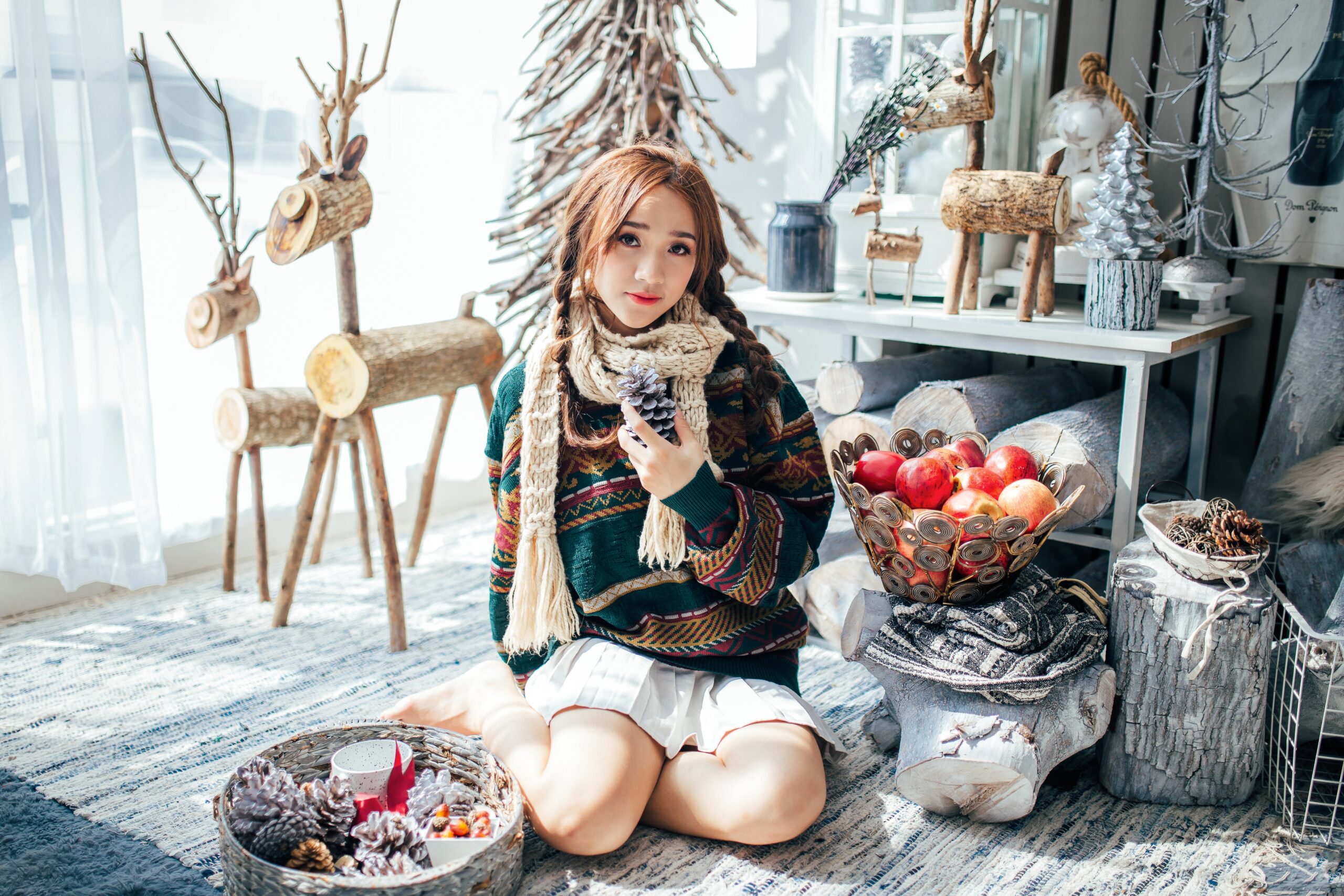
Christmas Eve in Australia
Carols by Candlelight
In Australia, Christmas Eve is a time for communities to come together and celebrate with Carols by Candlelight events. People gather in parks, stadiums, or even on the beach to sing Christmas carols by the soft glow of candlelight. These events often feature live performances by choirs and popular musicians, creating a festive and joyful atmosphere. Families bring blankets, picnic baskets, and their singing voices as they join in the beloved tradition of singing traditional carols and spreading the Christmas spirit.
Outdoor barbecue
Given that Christmas falls during the summer season in Australia, it’s only natural that Christmas Eve is often celebrated with an outdoor barbecue. Family and friends gather in backyards, parks, or at the beach to enjoy a relaxed and casual Christmas meal. The barbecue grills sizzle with an array of delicious foods, including sausages, steaks, seafood, and grilled vegetables. The laid-back atmosphere, combined with the delightful aroma of barbecue, creates a convivial setting where laughter and good times are shared.
Christmas evening on the beach
In Australia, Christmas Eve is often celebrated with a trip to the beach. Families pack their sunblock, towels, and picnic baskets as they head towards the sandy shores to enjoy the summer weather. Children build sandcastles, play beach cricket, and splash in the waves while adults relax under beach umbrellas, soaking up the sun. It is a unique Christmas experience, filled with sunshine, laughter, and a refreshing ocean breeze. Embracing the beachside festivities has become a cherished tradition for many Australians.
Christmas Eve in Mexico
Las Posadas processions
In Mexico, the Christmas season begins on December 16th with a unique and vibrant tradition called Las Posadas. These processions reenact the journey of Mary and Joseph searching for shelter in Bethlehem. Participants, often with children dressed as angels or shepherds, travel from house to house, singing carols and asking for a place to rest. The procession concludes at a designated home, where a Nativity scene is set up. This beautiful tradition fosters community spirit and highlights the importance of hospitality and kindness during the Christmas season.
Breaking the Piñata
Another cherished tradition in Mexico on Christmas Eve is breaking the piñata. Colorful, star-shaped piñatas filled with candies, fruits, and small toys are suspended from above. Blindfolded children and adults take turns trying to break the piñata with a stick while being guided by others’ shouts and laughter. The moment when the piñata finally breaks, showering everyone below with its treats, is met with cheers and excitement. Breaking the piñata is a symbol of breaking through darkness and celebrating the joys of life, making it a memorable and heartwarming part of Mexican Christmas traditions.
Casual Christmas Dinner
Mexican Christmas Eve dinners are often casual and relaxed, focusing on spending time with loved ones rather than elaborate feasts. Traditional dishes like tamales, pozole, and bacalao (salted cod) are common on the menu. Families gather around the table, sharing stories, laughter, and the delicious flavors of Mexican cuisine. It is a time for bonding, reconnecting with family members, and expressing gratitude for the blessings of the year while looking forward to the joyous Christmas Day celebrations ahead.
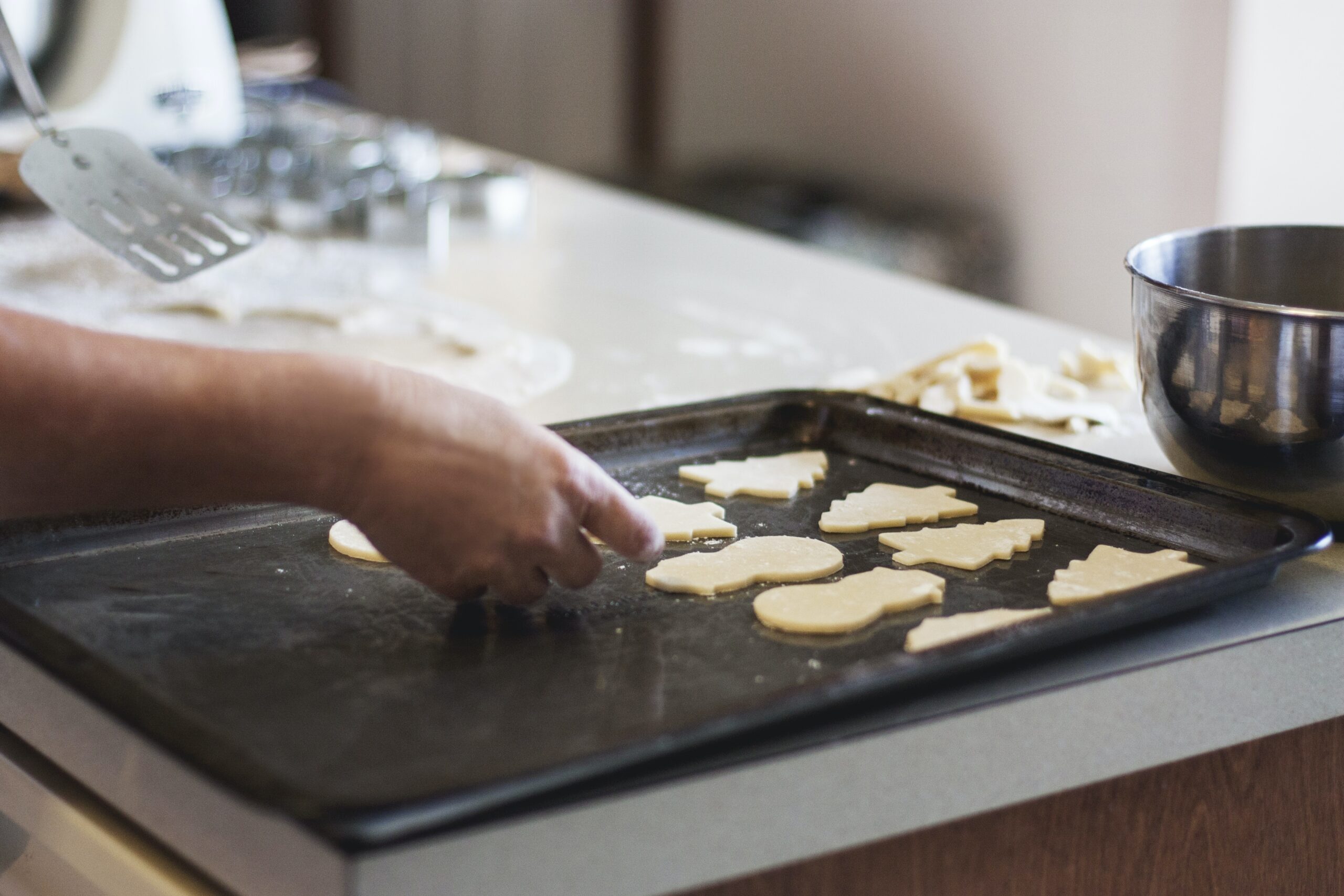
Christmas Eve in Puerto Rico
Parrandas late night caroling
In Puerto Rico, Christmas Eve is alive with the sounds of parrandas, which are late-night caroling festivities. Groups of friends, family members, or neighbors go from house to house, surprising their loved ones with joyful singing and playing a mix of traditional Puerto Rican instruments. The hosts are prepared with refreshments and often join the group for a lively musical celebration. The parrandas create an atmosphere of unity, love, and laughter, spreading holiday cheer throughout the community.
Special Holiday dishes
Puerto Rican Christmas Eve is a gastronomic delight, featuring a variety of special holiday dishes. One such dish is lechon asado, a succulent roasted pig that takes center stage at the dinner table. Other traditional delicacies include pasteles (tamale-like pockets filled with meat and wrapped in banana leaves) and arroz con gandules (rice with pigeon peas). These dishes are infused with unique flavors and generations of culinary tradition, showcasing the rich cultural heritage of Puerto Rico. Christmas Eve is a time for indulgence and savoring the mouthwatering flavors that define Puerto Rican cuisine.
Midnight Mass and Misa de Gallo
For many Puerto Ricans, attending Midnight Mass, also known as Misa de Gallo, is a significant part of Christmas Eve. It is a time for reflection, prayer, and celebrating the birth of Jesus. Churches are adorned with vibrant decorations, and the midnight Mass is filled with beautiful hymns and carols. The spirit of devotion and gratitude fills the air as worshippers come together, seeking solace and inspiration in the sacred atmosphere. Misa de Gallo is not only a religious tradition but also a moment to be with loved ones and experience the true meaning of Christmas.
Christmas Eve in Russia
Sochelnik: Fortunetelling
In Russia, Christmas Eve is associated with various traditions and rituals, one of which is Sochelnik. Sochelnik is a traditional Russian festival that takes place on Christmas Eve, where young women engage in fortunetelling practices. They gather in groups and partake in rituals such as pouring wax into cold water and interpreting the shapes it forms or using mirrors to catch a glimpse of their future husband’s face. Sochelnik is a time filled with curiosity and anticipation, as women believe that the predictions made during this festival will give them insights into their romantic future.
Fasting on Christmas Eve
Russian Orthodox Christians observe a day of fasting on Christmas Eve. This fast, known as “Sviatki,” is a time for spiritual preparation and reflection before the joyous celebration of Christmas Day. During Sviatki, believers abstain from consuming meat, dairy products, and certain foods made with oil. The fast is seen as a way to cleanse the body and soul, reminding individuals of the importance of simplicity, self-discipline, and devotion to their faith.
Visit from Grandfather Frost
In Russia, Christmas Eve is an exciting time for children as they eagerly await the arrival of Ded Moroz, or Grandfather Frost. Similar to Santa Claus, Ded Moroz brings gifts and joy to children on Christmas. He is accompanied by his granddaughter, Snegurochka, the Snow Maiden. Children gather around the Christmas tree, anticipating the sound of bells or a knock on the door, signaling the arrival of Ded Moroz and Snegurochka. The children perform songs, recite poems, or answer questions posed by Ded Moroz before receiving their presents. It is a magical and heartwarming tradition that creates lasting memories for children and their families.
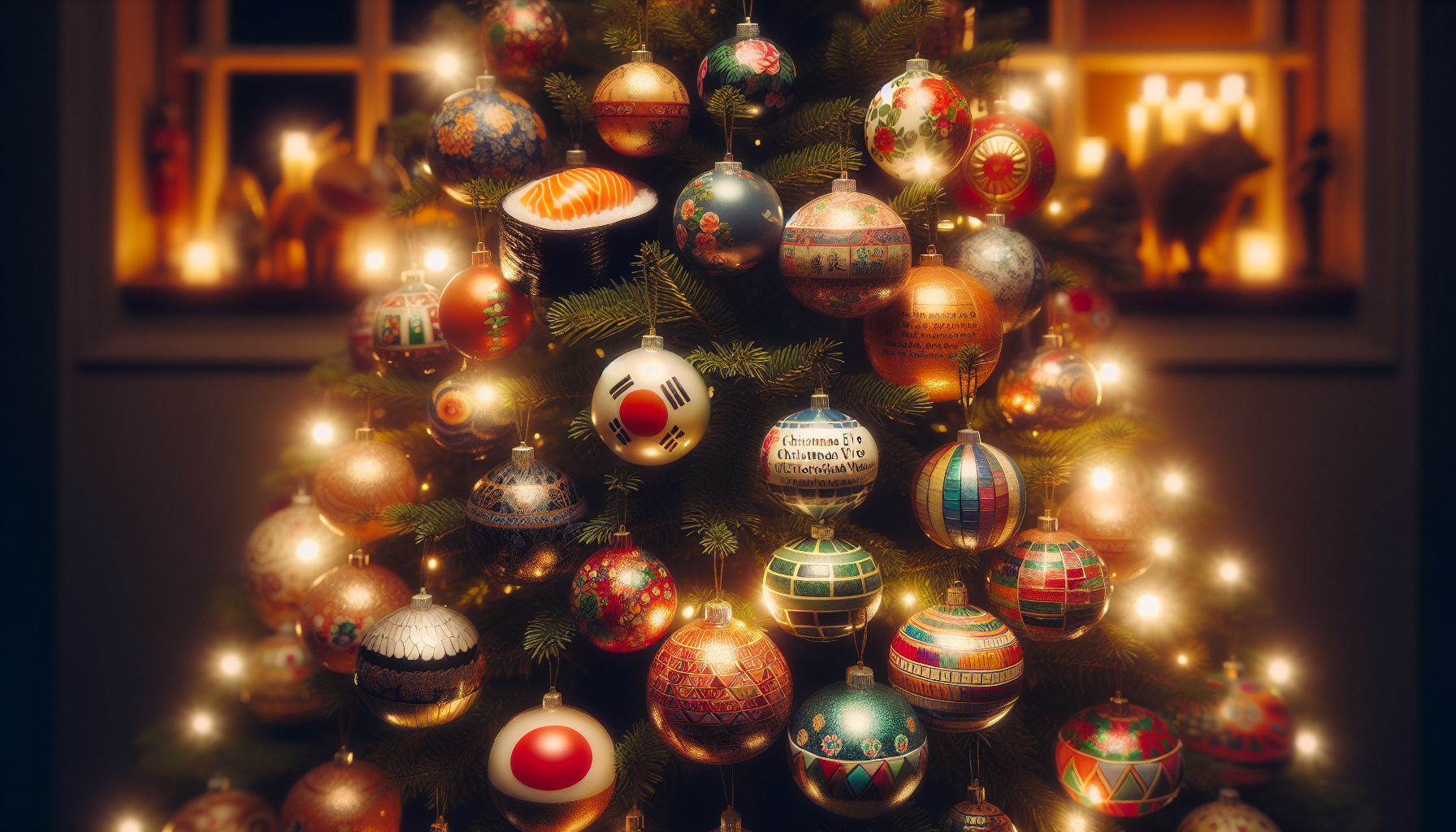
Christmas Eve in the Philippines
Simbang Gabi: Night Masses
In the Philippines, Christmas Eve is marked by a unique and cherished tradition called Simbang Gabi, which translates to “Night Masses.” Starting on December 16th, Filipinos attend nine consecutive pre-dawn Masses, culminating on Christmas Eve. Simbang Gabi is a time of reflection and devotion as people gather in beautifully decorated churches lit by candles. The masses are often accompanied by carols, and after each service, attendees are greeted with traditional Filipino breakfast treats, such as bibingka (a rice cake) and puto bumbong (purple rice cake). Simbang Gabi is a testament to the strong faith and devotion of Filipino Catholics, and it serves as a spiritual preparation for the joyous celebration of Christmas.
Noche Buena feast
Noche Buena, meaning “Good Night,” is the centerpiece of Christmas Eve celebrations in the Philippines. Families come together to share a festive feast after attending the midnight Mass. Traditional Filipino dishes take center stage, with favorites such as lechon (roasted pig), pancit (noodles), hamon (ham), and bibingka. The table is filled with an abundance of delicious food and sweet treats, symbolizing prosperity and togetherness. The Noche Buena feast is a time for families to bond, express gratitude, and celebrate the love and joy that Christmas brings.
Parol: Christmas Star Lantern
One of the most iconic symbols of Christmas in the Philippines is the parol, a star-shaped lantern. Brightly illuminated parols can be found adorning homes, streets, and public spaces, creating a vibrant and festive atmosphere. The parol symbolizes the Star of Bethlehem, guiding the way to the stable where Jesus was born. It is a visual representation of hope, faith, and the light that Jesus brings to the world. Filipino families take great pride in crafting these beautiful lanterns, often using bamboo frames covered with colorful cellophane or other translucent materials. The parol adds a touch of radiance and joy to Christmas Eve festivities in the Philippines.
Christmas Eve in Norway
Christmas cleaning
In Norway, Christmas Eve is preceded by a thorough cleaning of the house, known as “julevask.” The tradition of Christmas cleaning stems from the belief that a clean home invites good luck and blessings for the coming year. Families take the opportunity to declutter, dust, and scrub every nook and cranny, ensuring that the house is sparkling clean for the Christmas celebrations. It is a time for loved ones to come together, working as a team to create a welcoming and festive environment.
Yule Goat appearance
A unique sight that often accompanies Christmas Eve in Norway is the appearance of the Yule Goat, or “Julbukk.” This Scandinavian tradition involves constructing a large, straw goat that is prominently displayed in public spaces or on people’s properties. It serves as a symbol of Christmas and protection against mischievous spirits. The Yule Goat is often adorned with colored ribbons and lights, adding a touch of whimsy and enchantment to the festivities. It has become a popular tradition in some areas for individuals to dress up as the Yule Goat and visit homes, spreading merriment and cheer.
Julebukk or Christmas-goat tradition
In parts of Norway, Christmas Eve is celebrated with a tradition called Julebukk, or Christmas Goat. Children dress up in costumes, often resembling goats, and go from door to door, singing carols and receiving treats. The Julebukk tradition is similar to Halloween, where children go door-to-door in costumes, but it takes place on Christmas Eve instead. It is a delightful and playful activity that brings communities together and adds an element of fun and excitement to the evening’s festivities.
In conclusion, Christmas Eve is a time of diverse traditions and celebrations across different cultures. From tracking Santa Claus in the United States to the enchanting Feast of Seven Fishes in Italy, each country and region has its unique customs that make Christmas Eve a deeply meaningful and joyous occasion. Whether it’s attending church services, sharing a festive meal, or engaging in festive activities with loved ones, the spirit of Christmas shines through in these traditions. The universal themes of love, togetherness, and gratitude resonate throughout the world as people come together on this special night to celebrate the birth of Jesus and create lasting memories.
